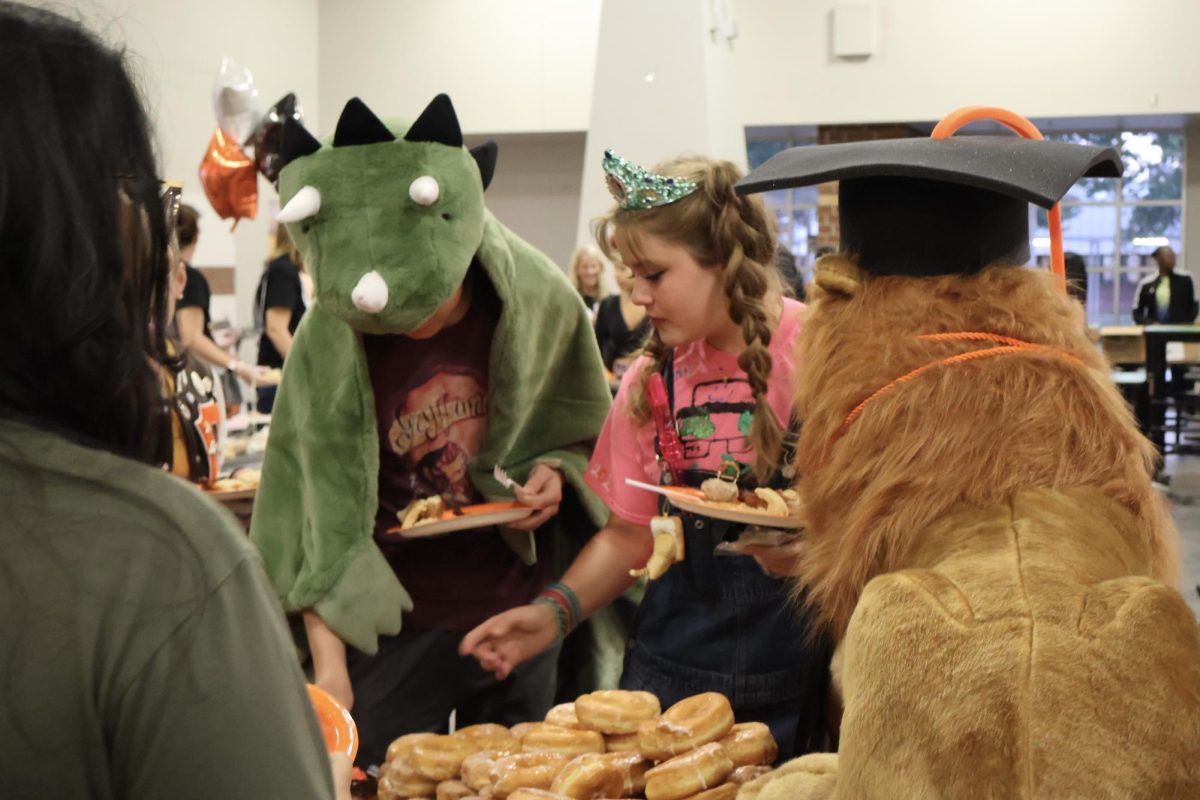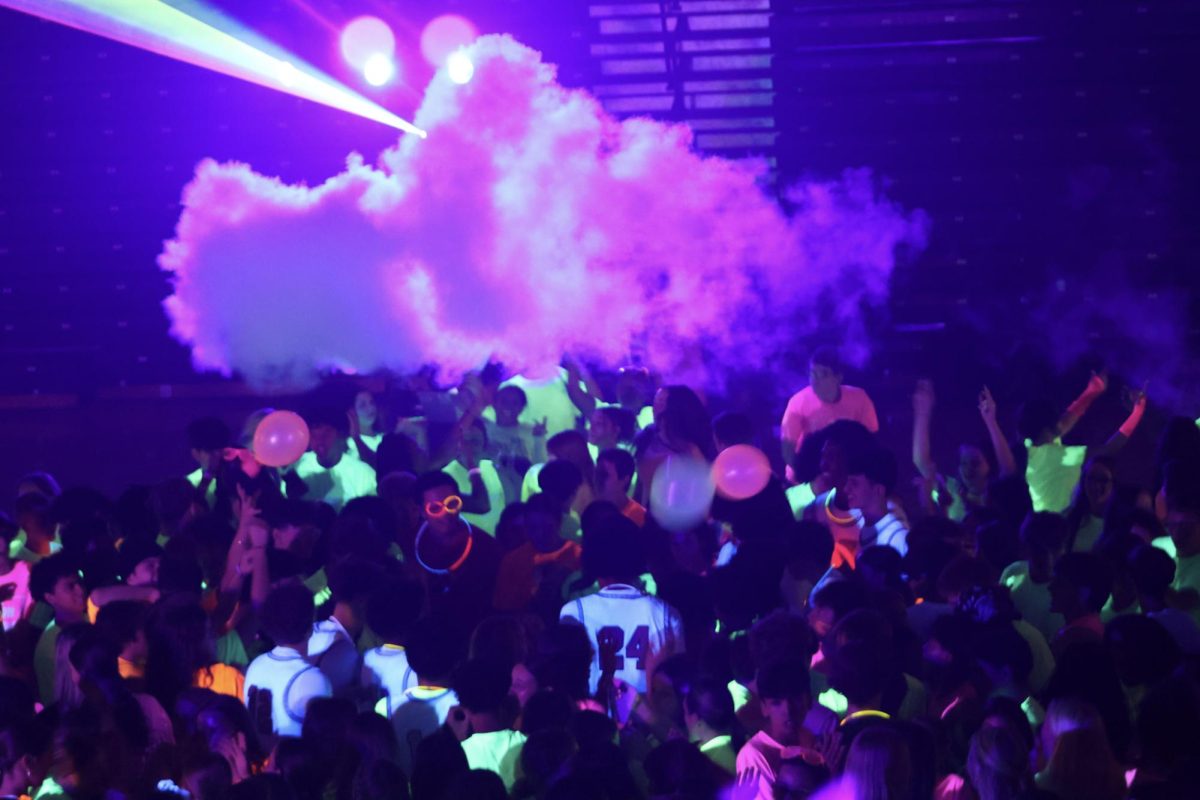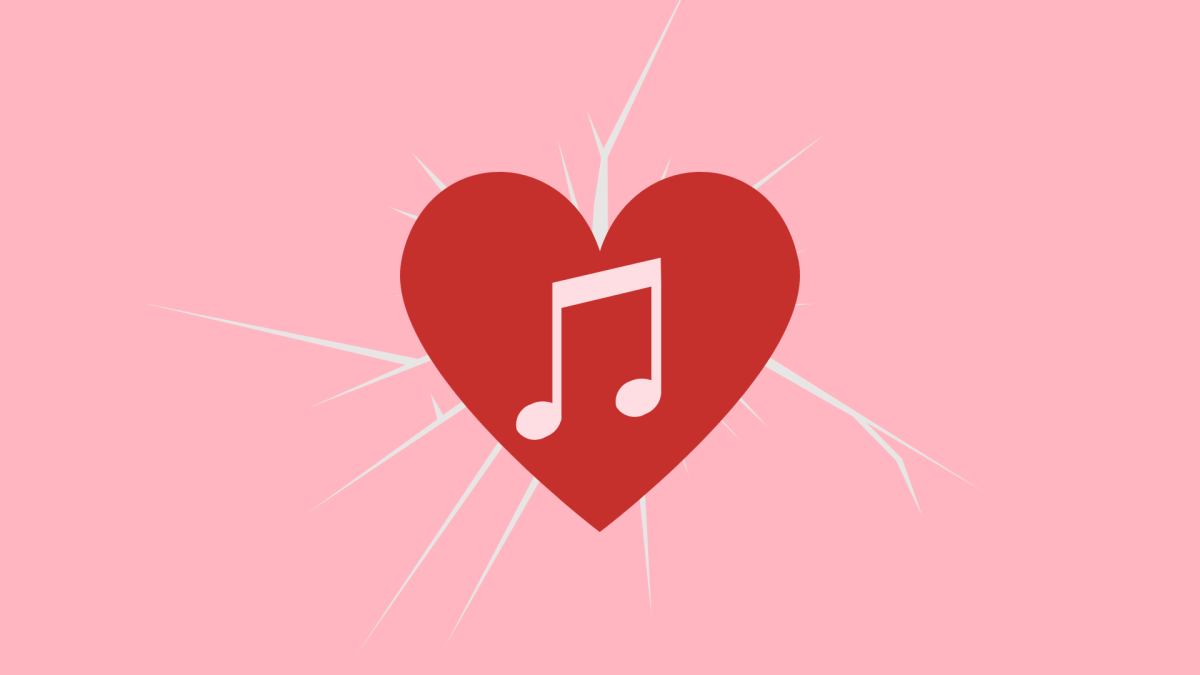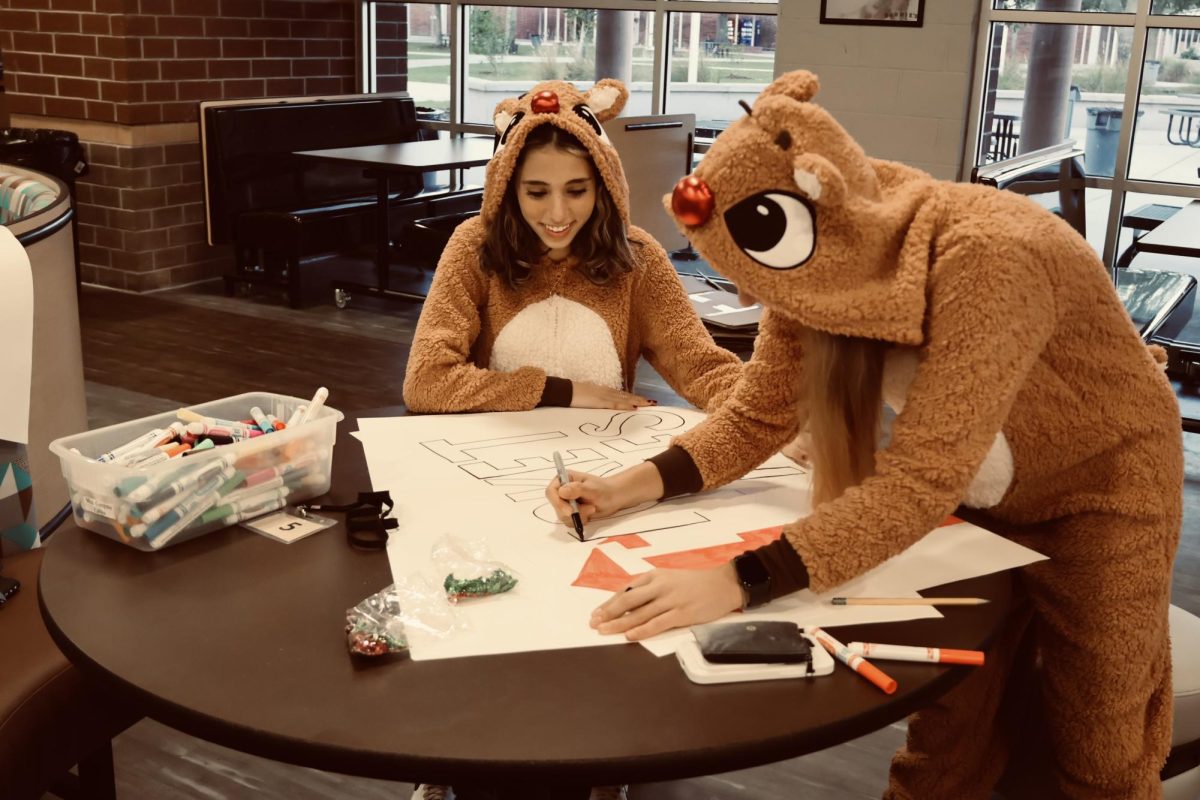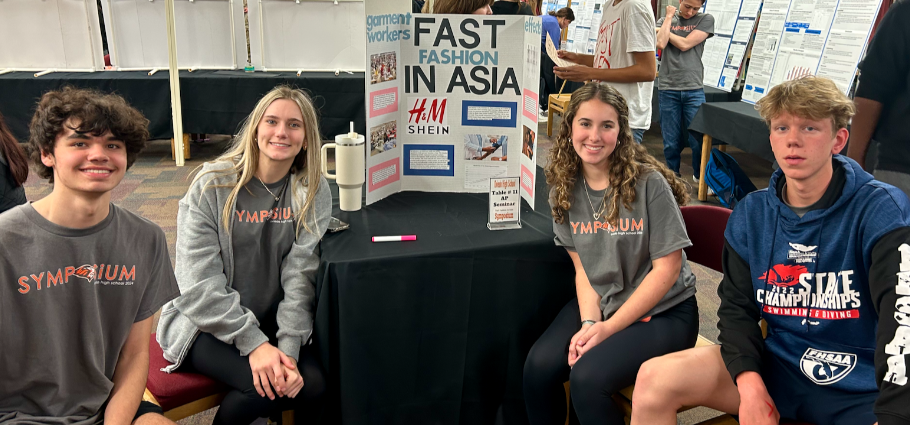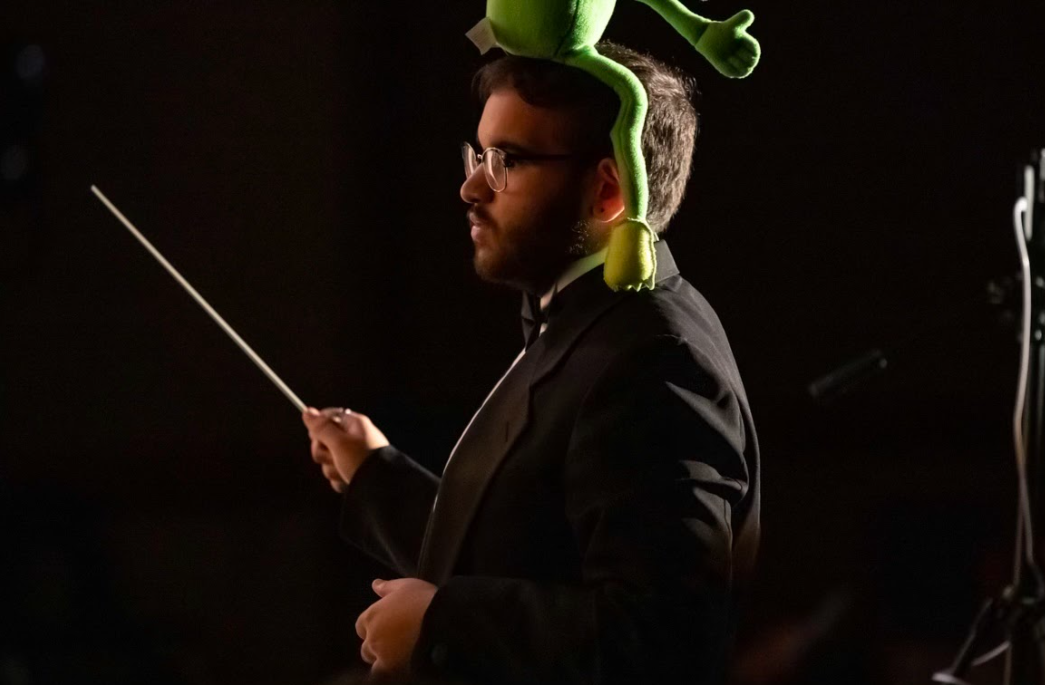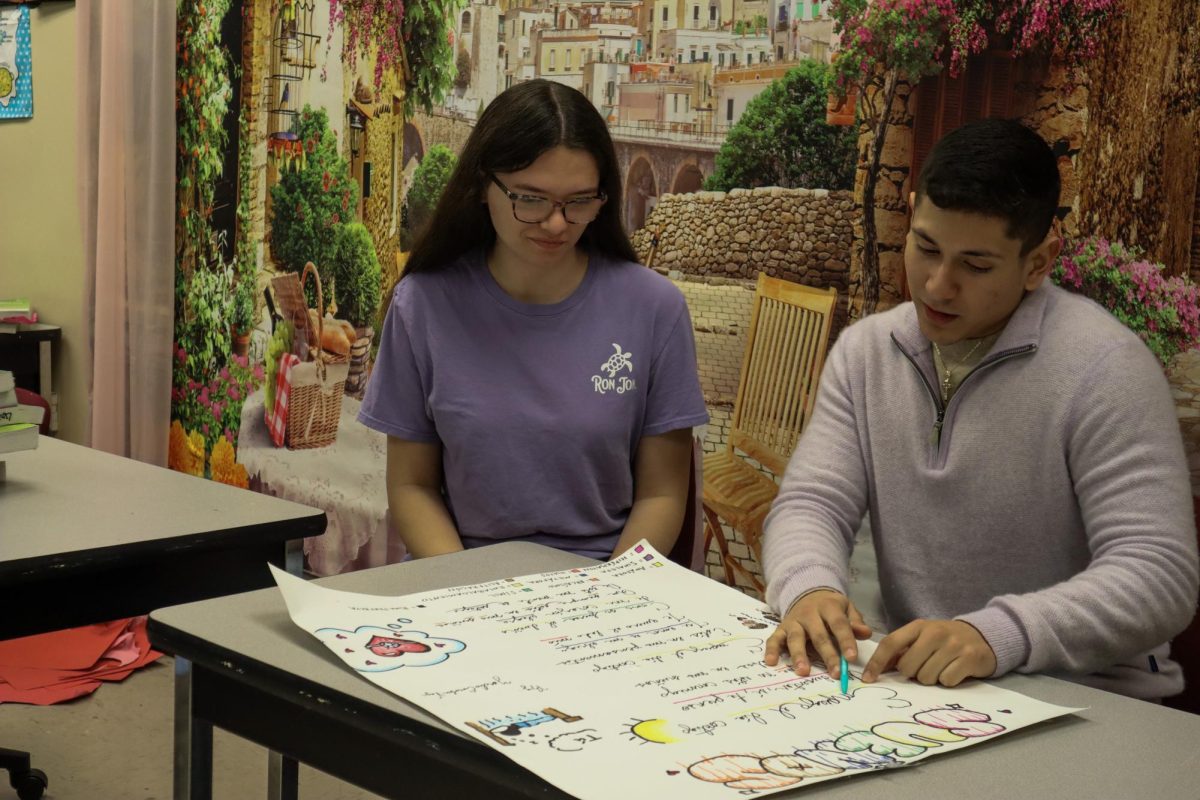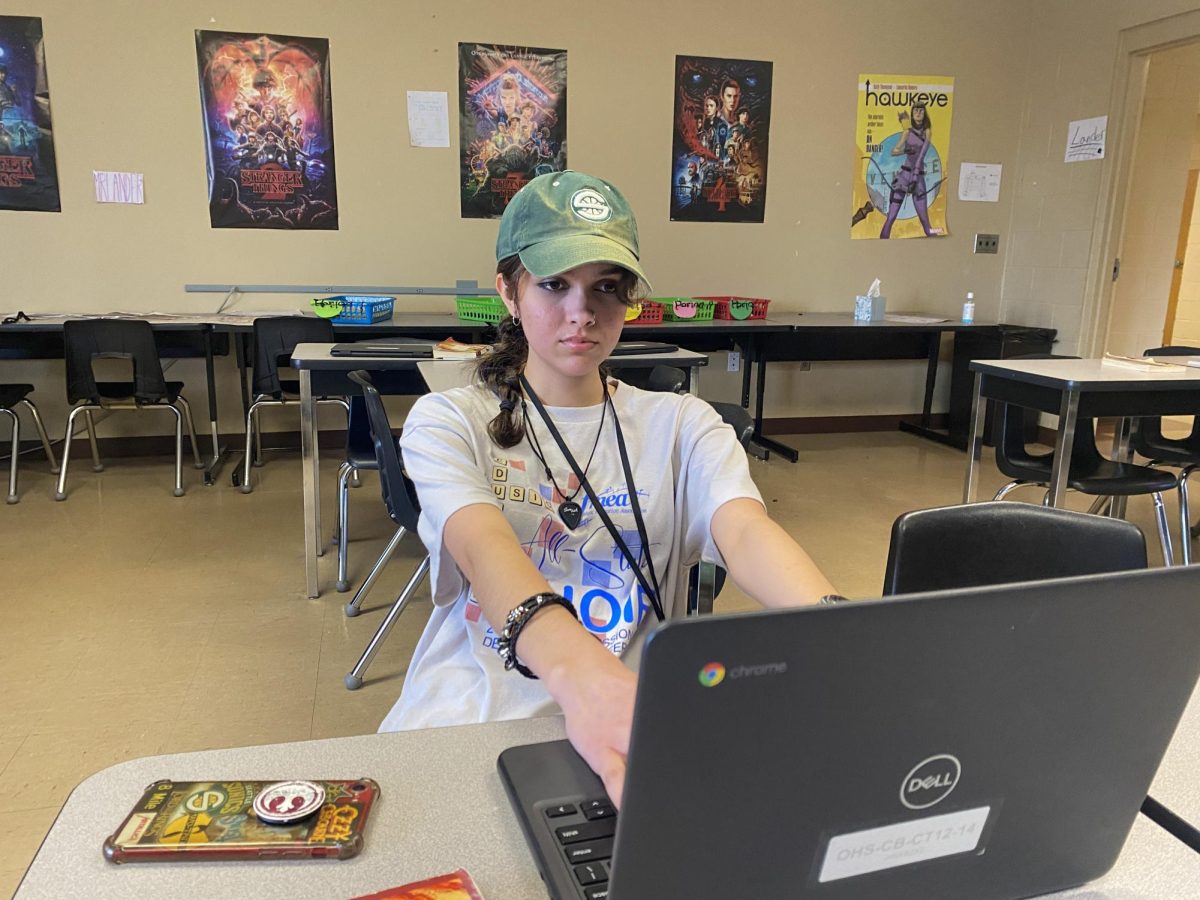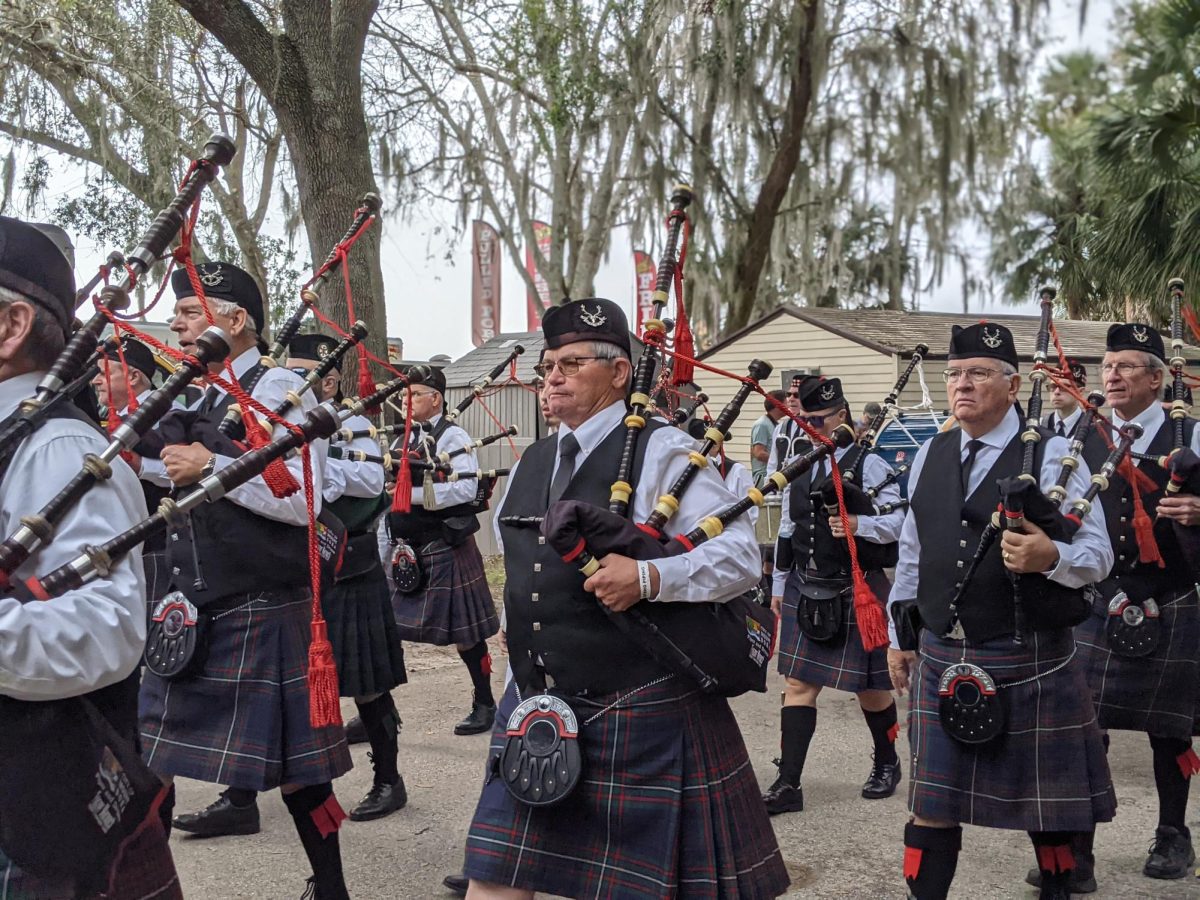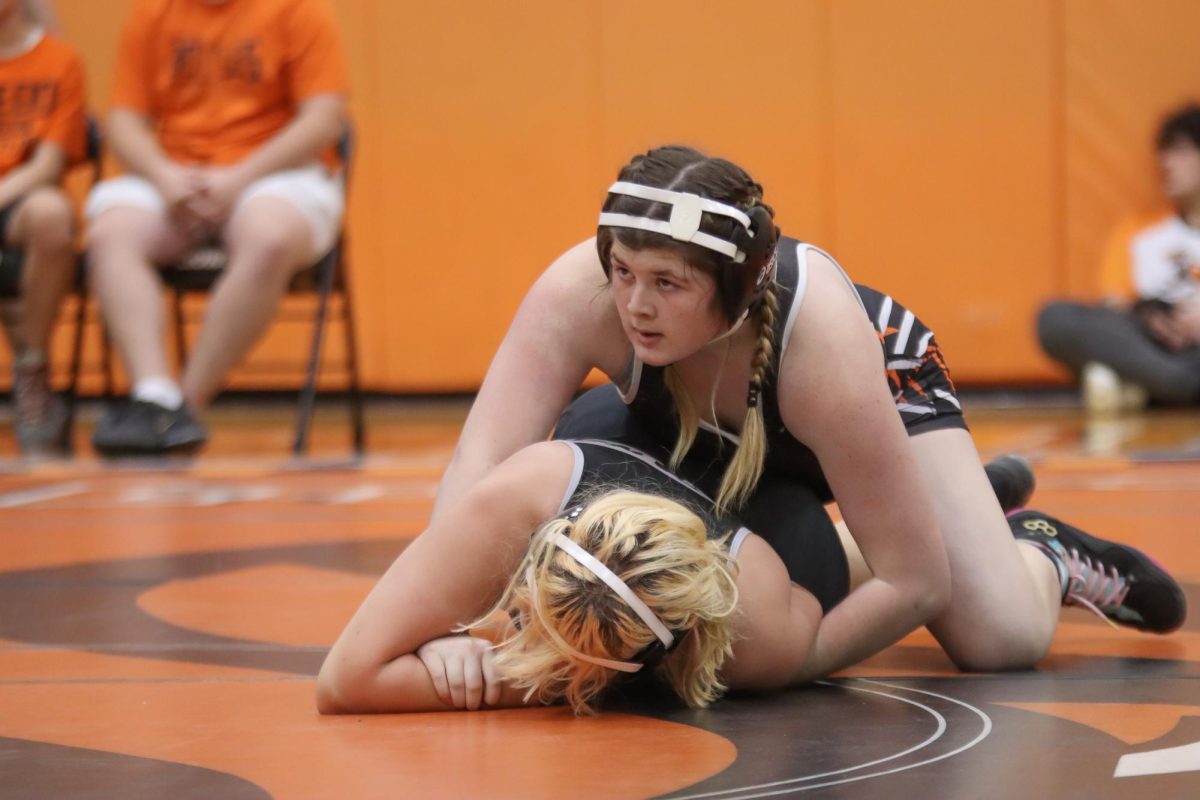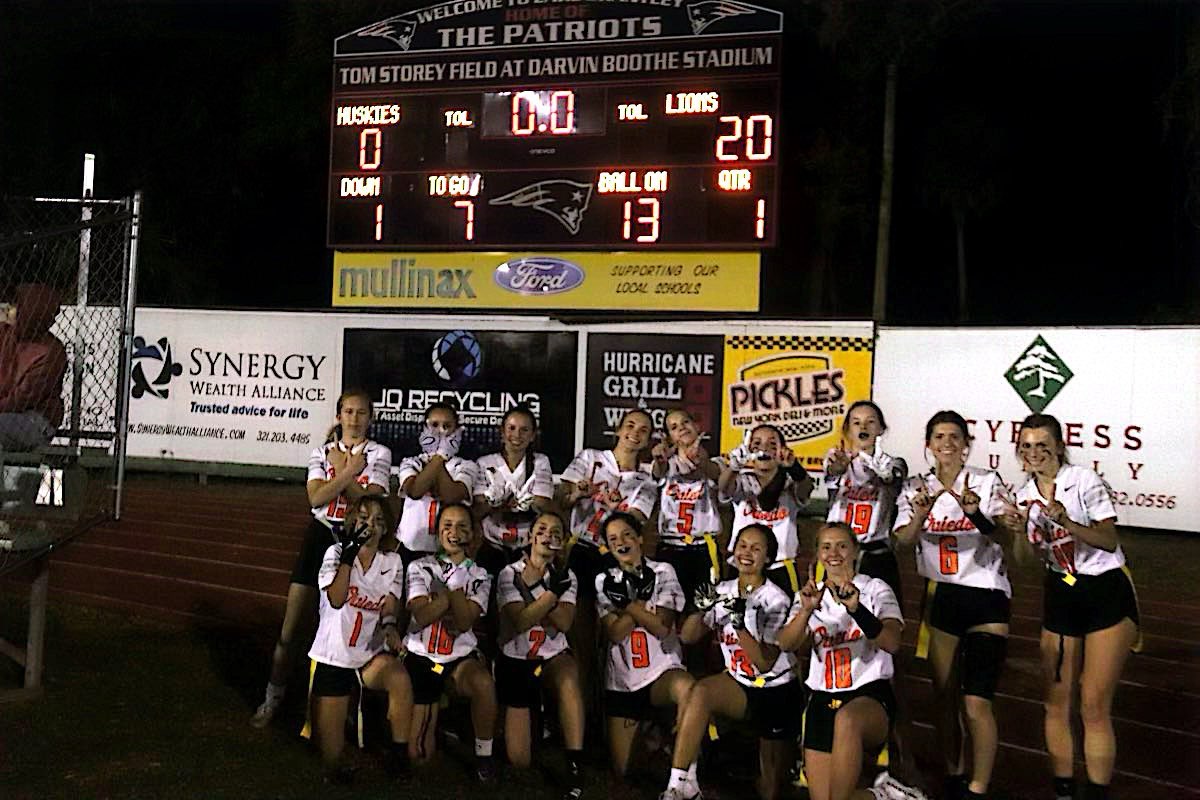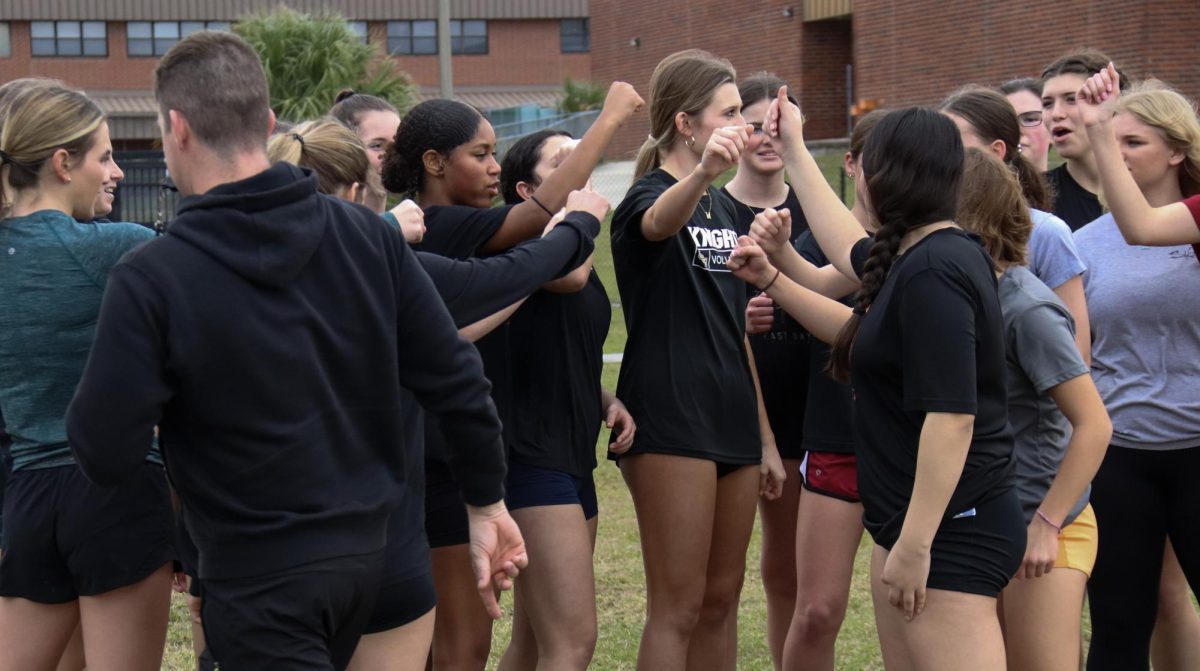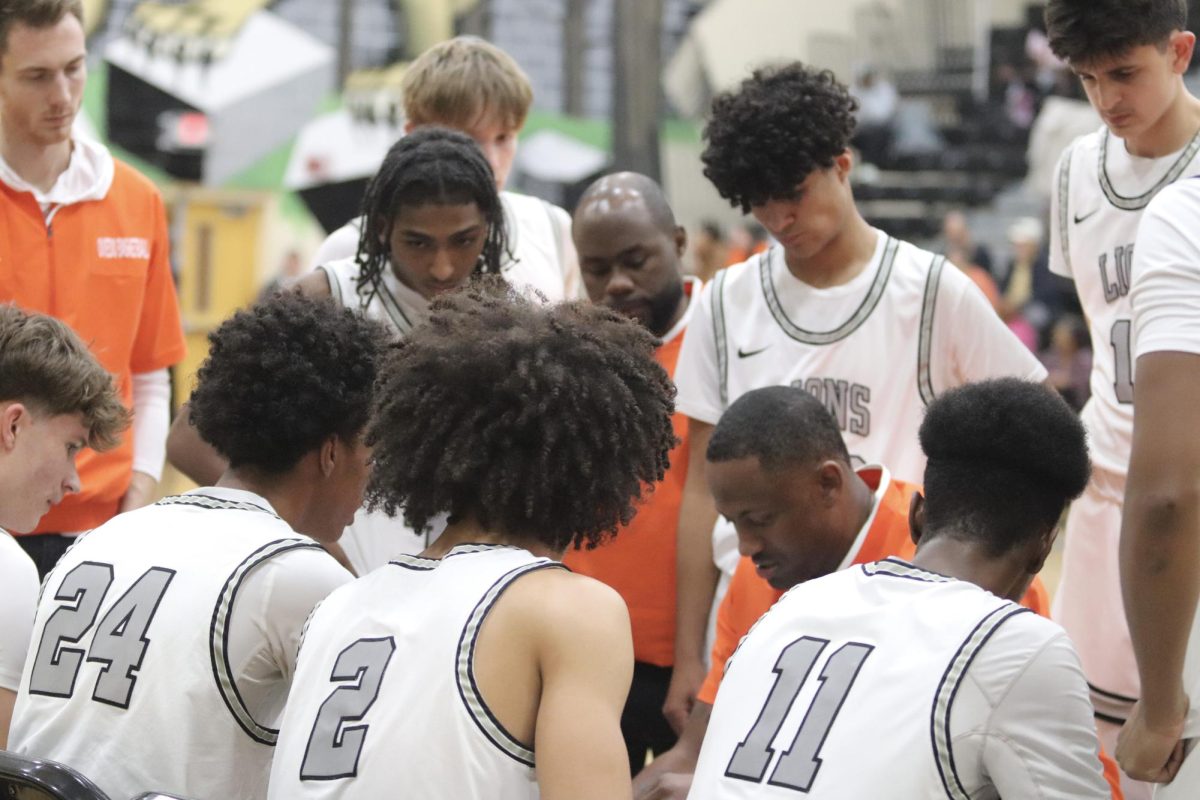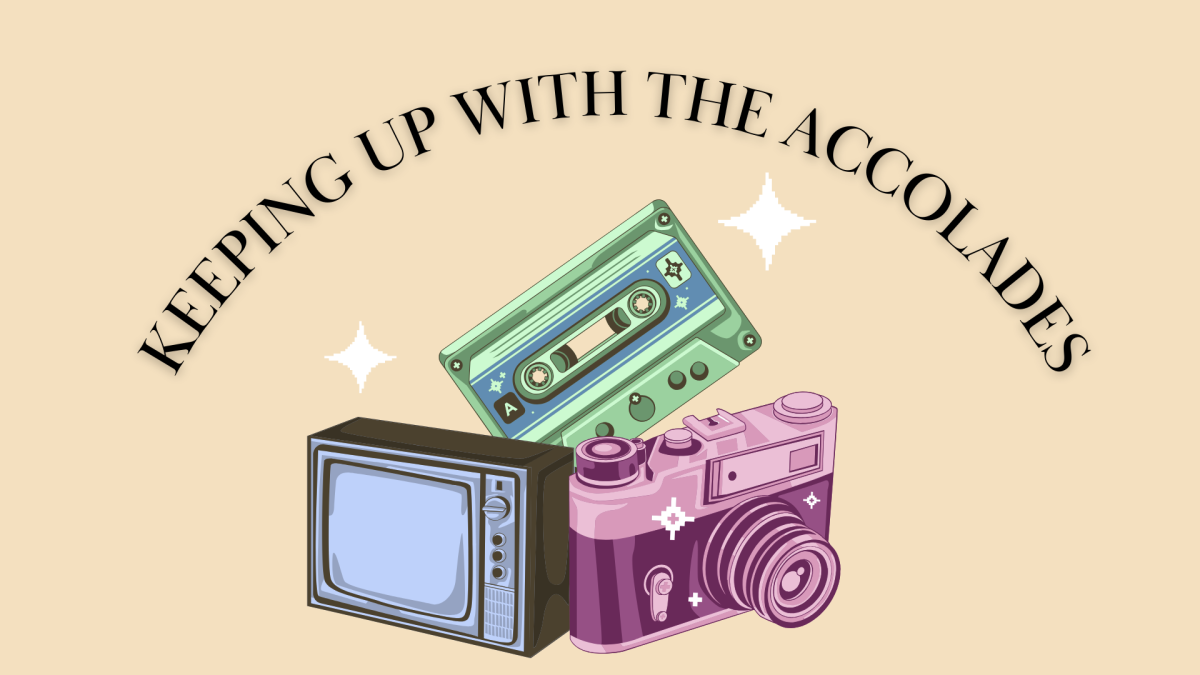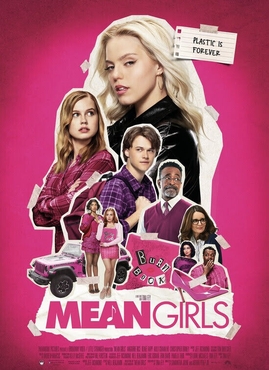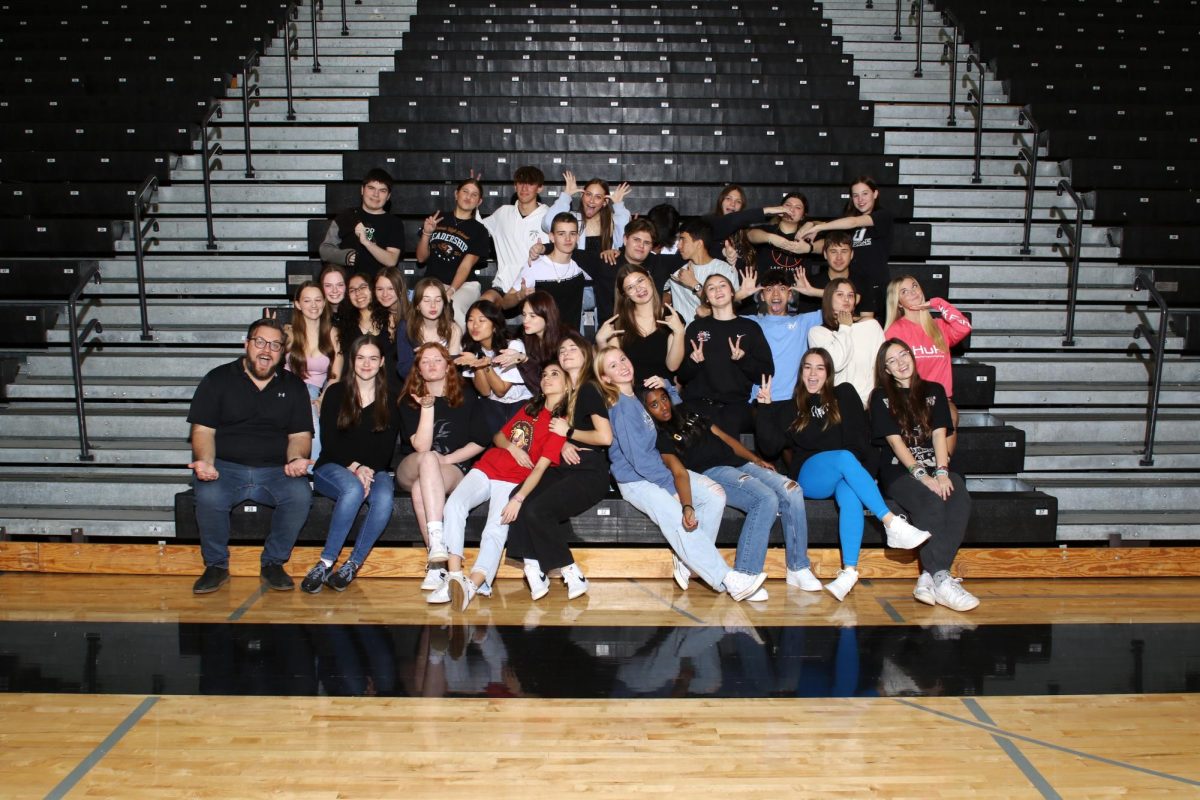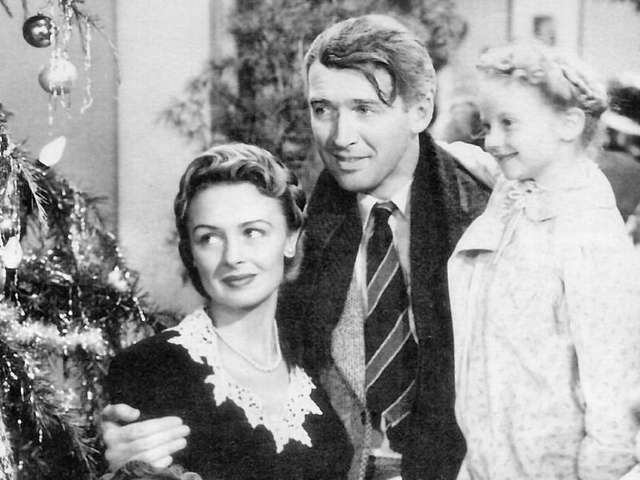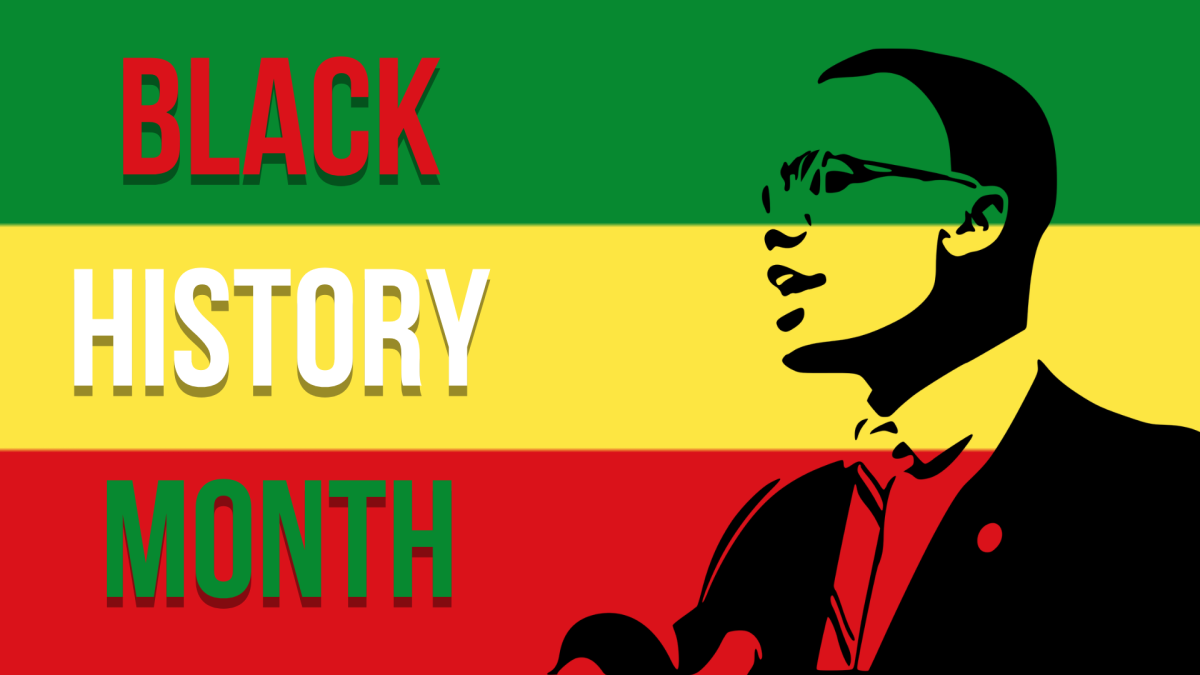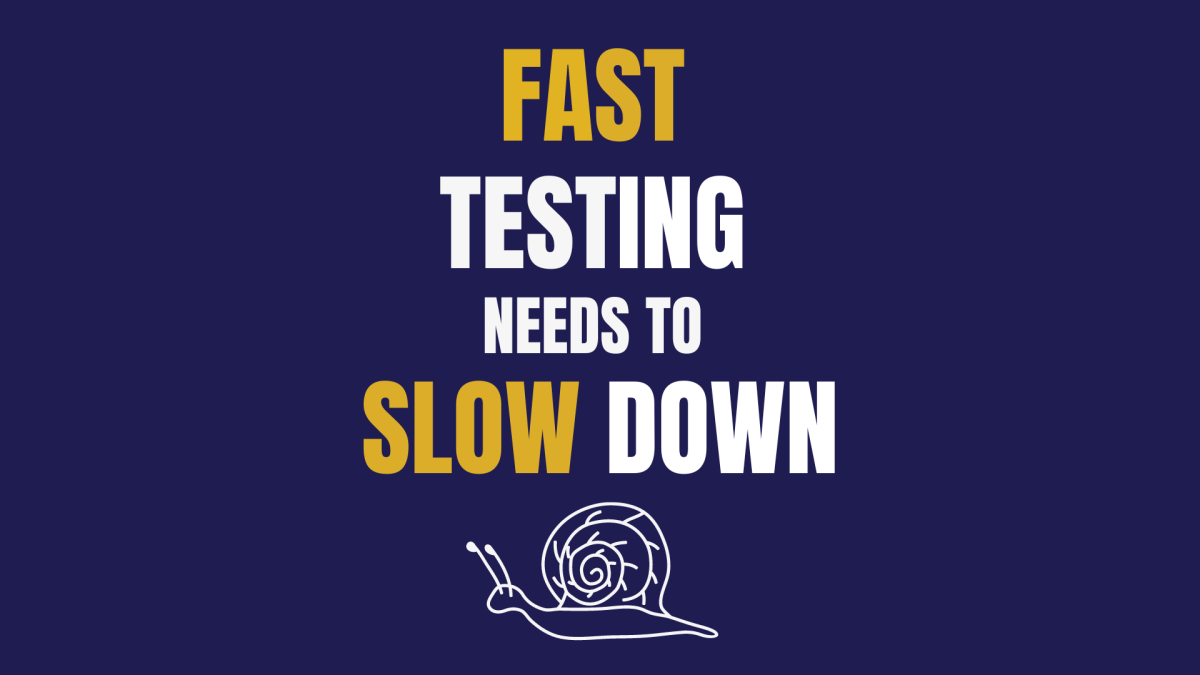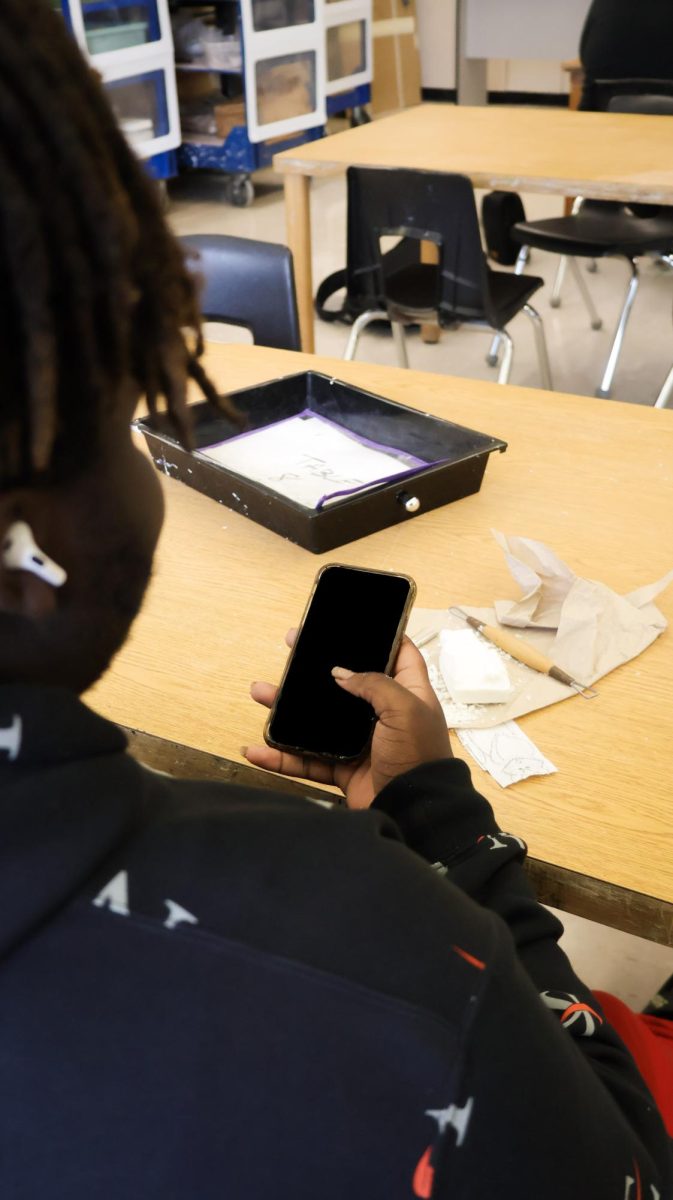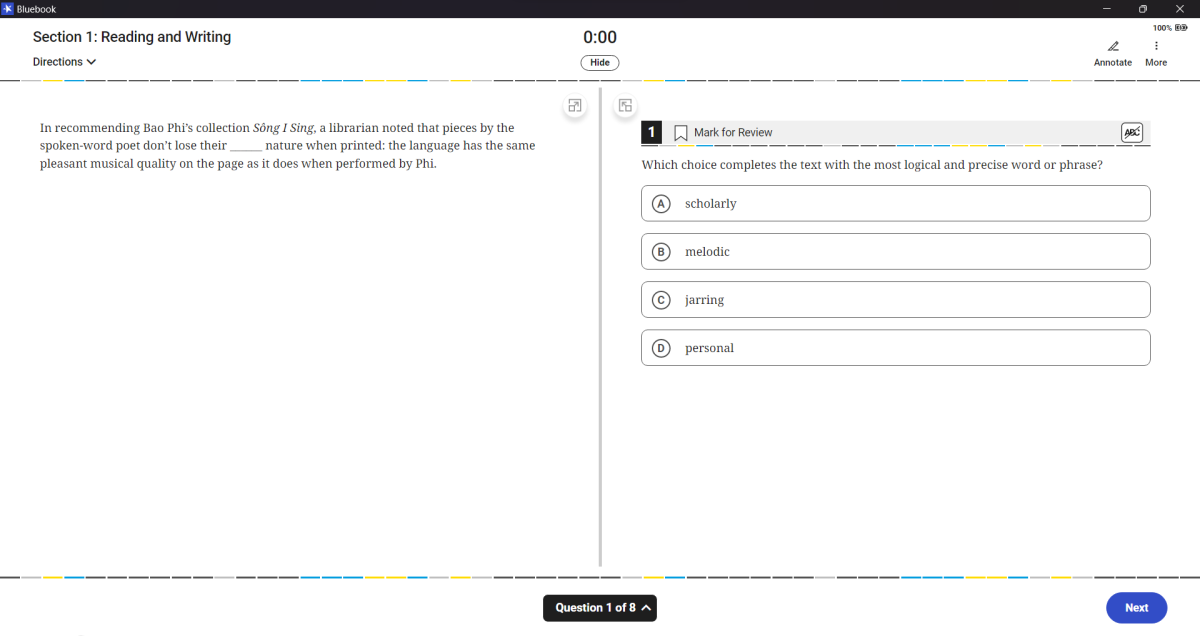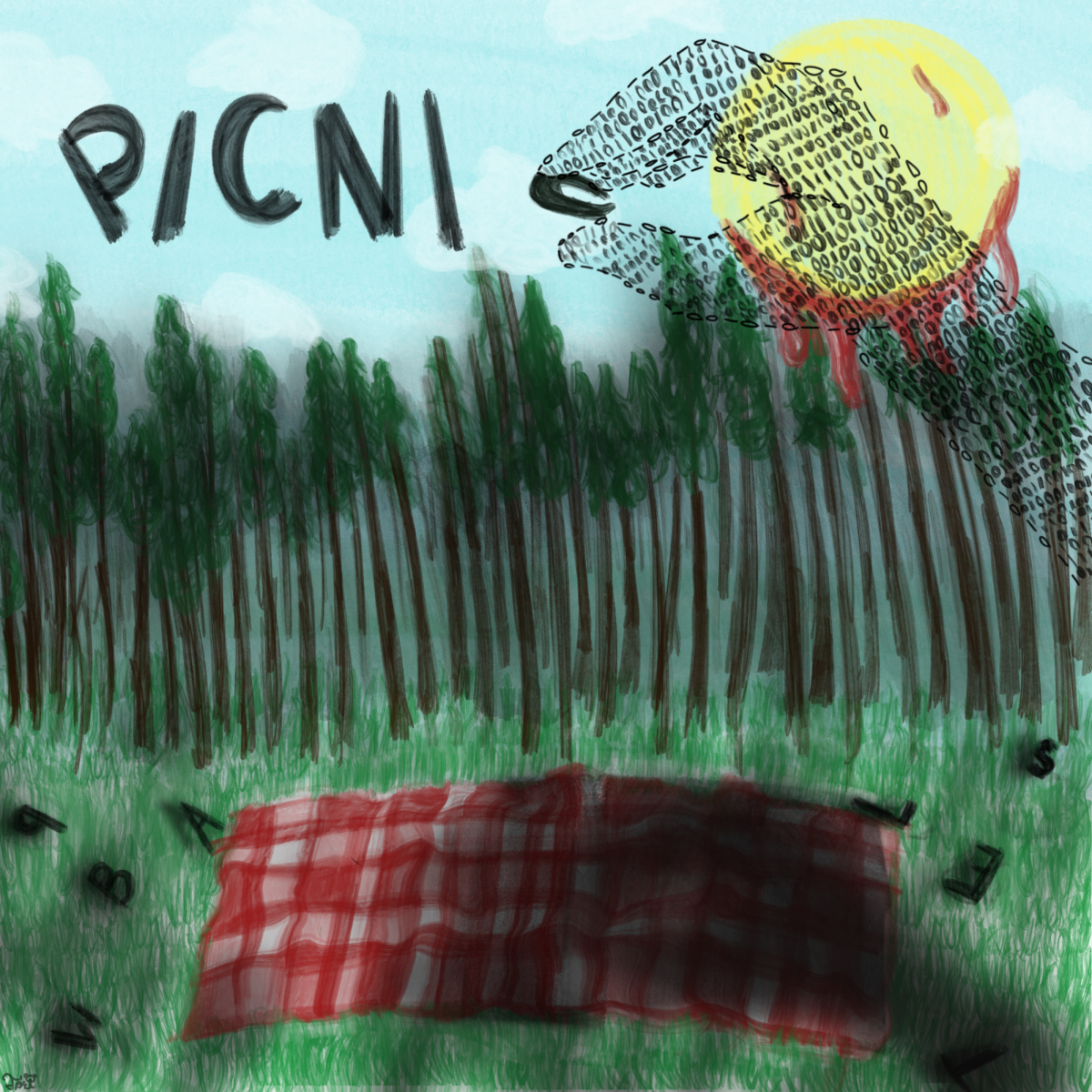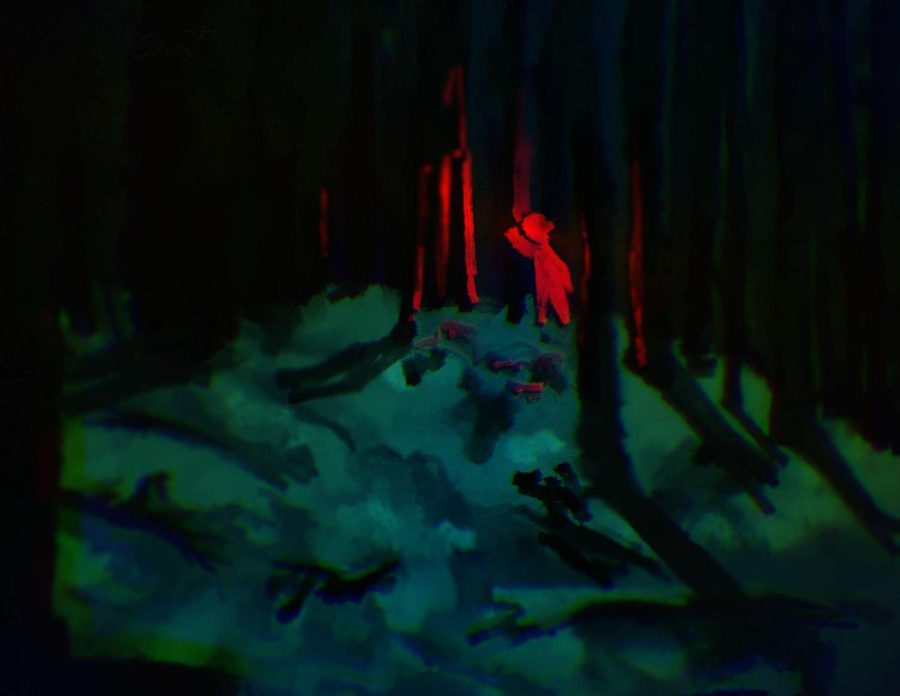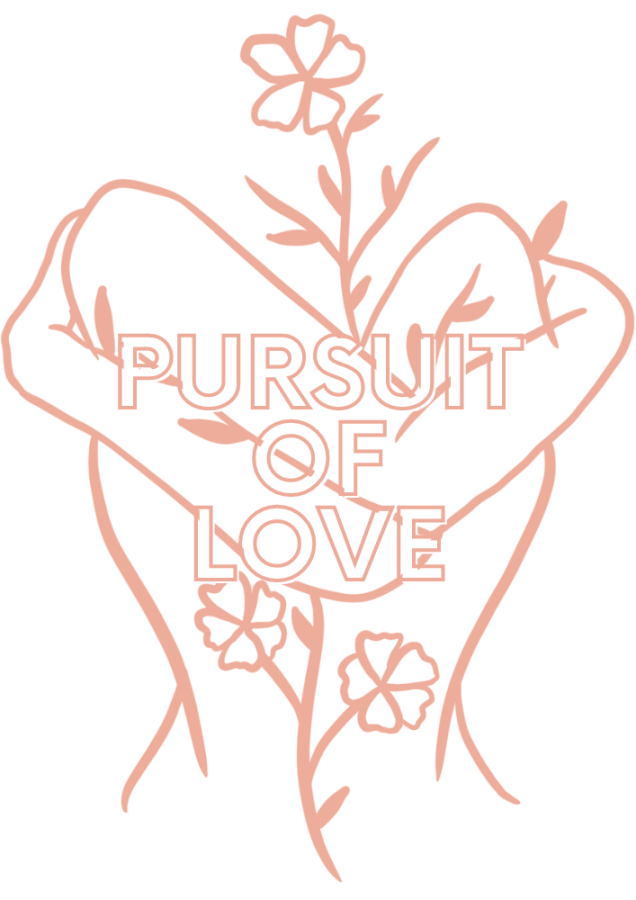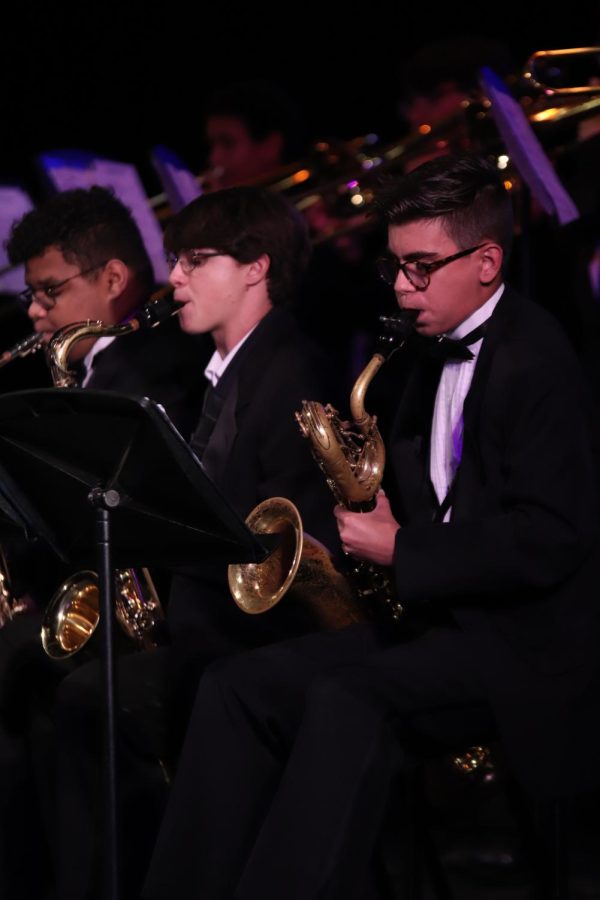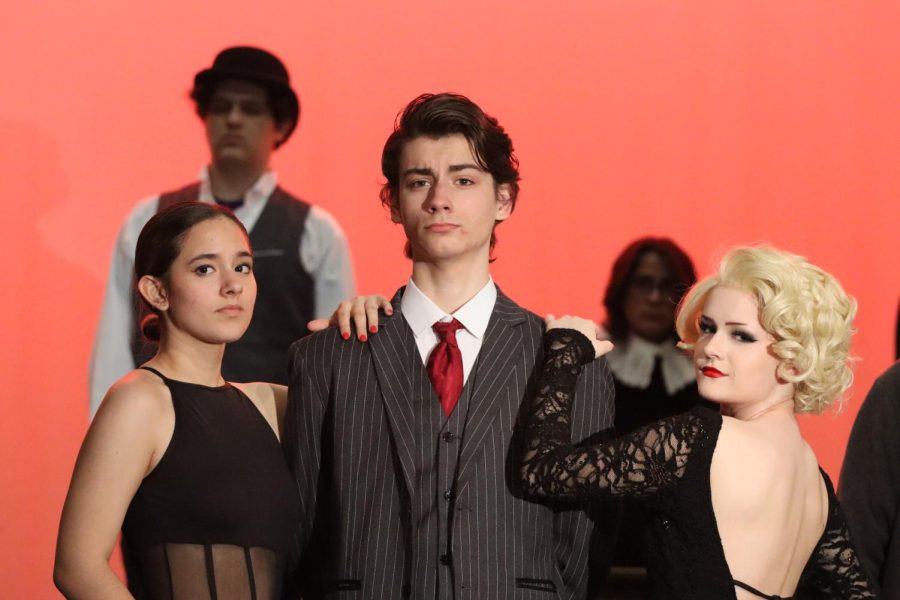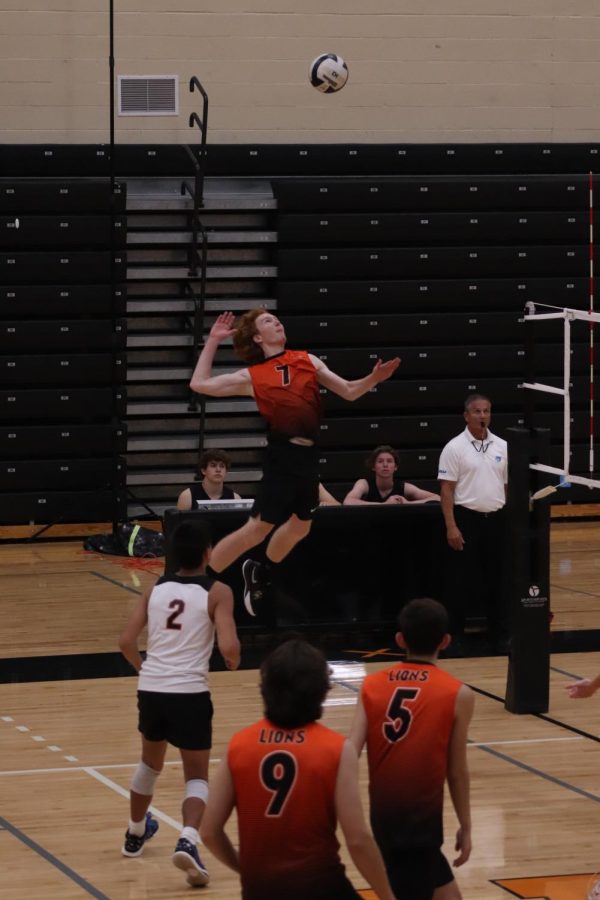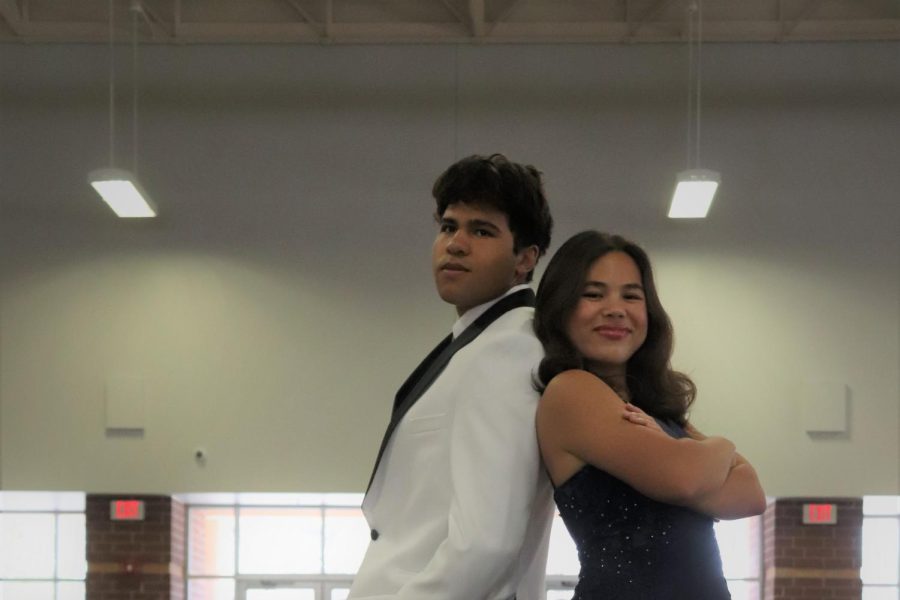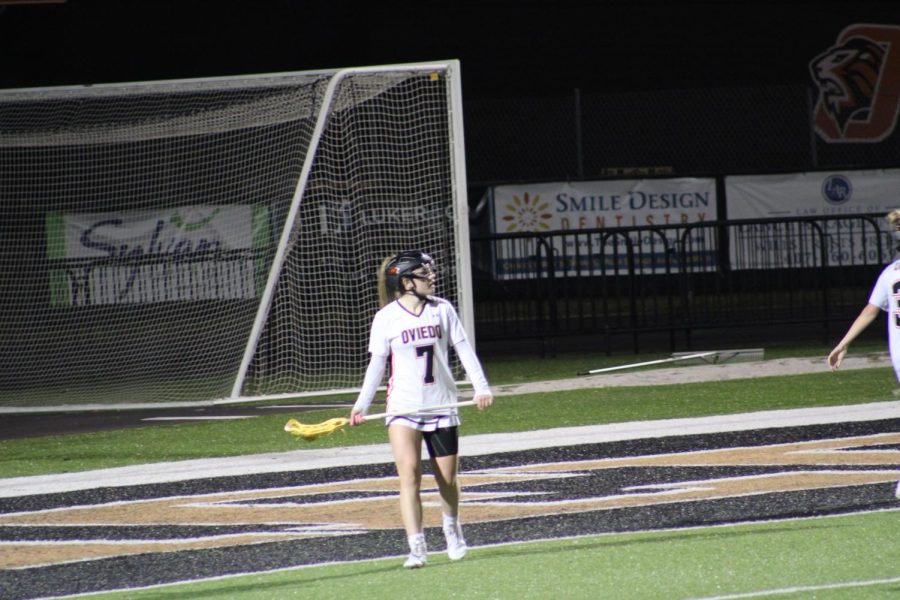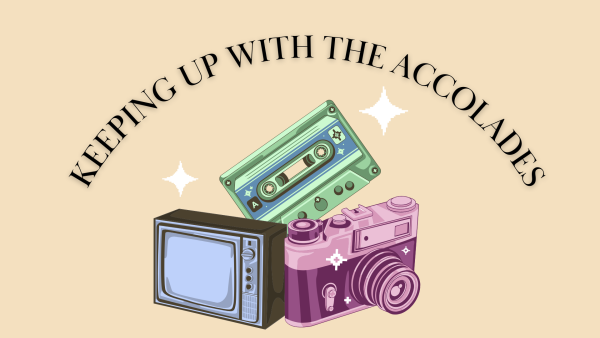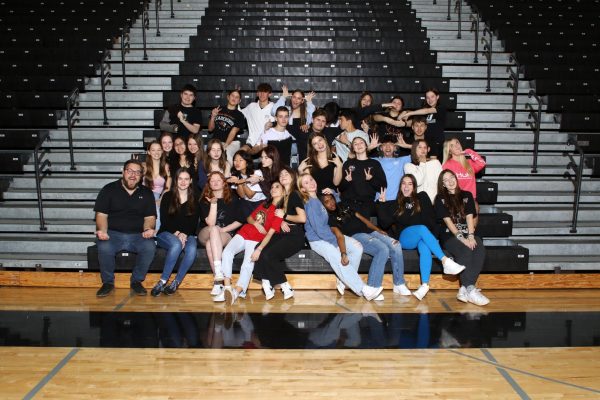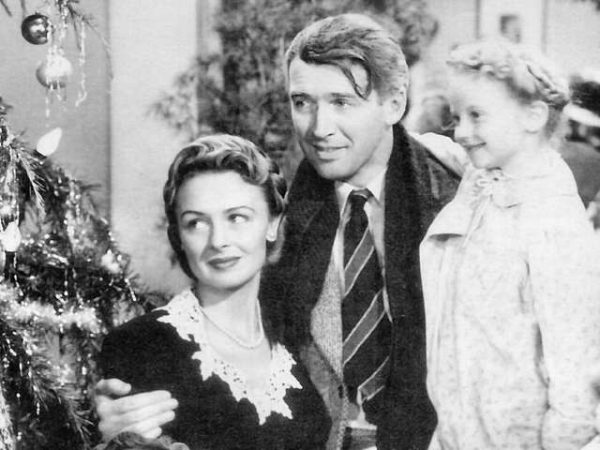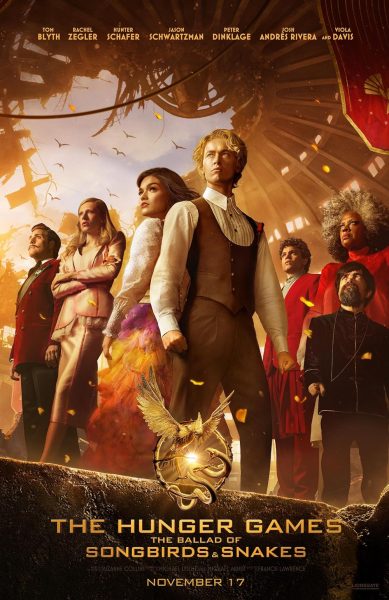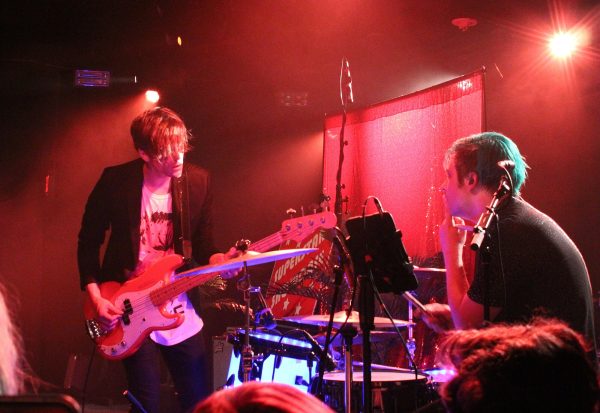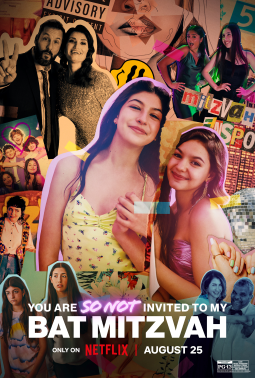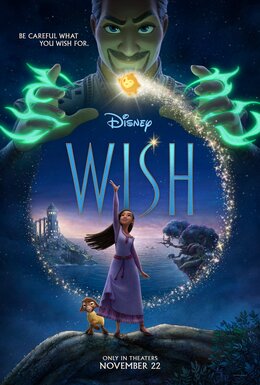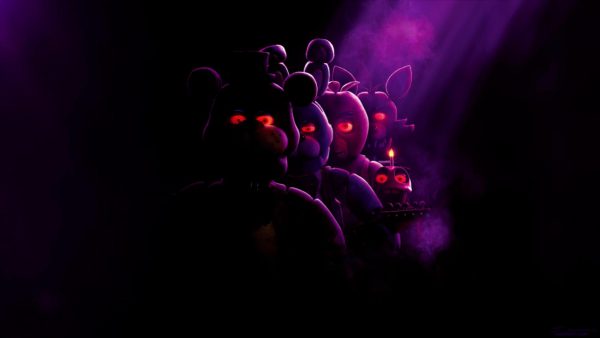‘The Last Jedi’ not true jedi
WEB EXCLUSIVE
From as far as I can look into my past, I have always had the force within me; I was, am and always will be a Star Wars fanatic, or, as most like to call me, a “Star Wars nerd.” I grew up with an installment of lessons decrypted from viewing Star Wars: I learned the art of sass from Obi-Wan Kenobi, learned to always prevail for those you love and to remain optimistic from Luke Skywalker, learned that just because you’re a little rough around the edges doesn’t make you any less feminine (and not to let people walk all over you) from Leia Organa and–my personal favorite–learned how to always appear as though I’m walking down the red carpet from Padme Amidala.
Because of my love for the Star Wars franchise, I was yearning to see Disney’s newest installment, Star Wars: The Last Jedi. I fervently waited, day in and day out, for the various members of my family to sort themselves out so that we could finally see the sequel to the The Force Awakens, the sequel about which I had heard such great reviews.
As the last day before break dawned, two hours and 30 minutes passed by before my eyes upon the silver screen. But, as the film slipped through the sands of time, so did my hope, until it was utterly and completely gone when the movie closed–sorry Luke, guess I didn’t take your lesson to heart.
I found myself to be internally screaming: “You were the chosen one, The Last Jedi! It was said that you would destroy the prequels, not join them! Bring balance to the franchise…not leave it in darkness!” much in the style of Obi-Wan.
Despite my ultimate disappointment, I didn’t hate the movie; while watching it, I actually quite liked it. There were times I laughed, times I cried, times I smiled and times I was transported to my olden glory days of watching Star Wars with my family.
But, as a whole, I was completely, utterly and outstandingly disappointed in The Last Jedi.
Marvel Reminiscent
The beginning dissatisfied me: it was choppy, lacking substance and entirely uncomfortable. The phone scene with Poe Dameron and General Hux was incredibly awkward–the acting was subpar and just not funny. It felt more like something out of a Marvel film, rather than a Star Wars film, which is a recurring characteristic throughout the entire film.
This trilogy–specifically The Last Jedi–has shifted to an attempt to make the films more humorous in ephemeral moments, as if to win over audiences through brownie points.
I love humor, but Star Wars was never purposely humorous; its source of humor was found through sarcastic elements, notably in characters such as Han Solo, Obi-Wan Kenobi and even Princess Leia, at times.
Although change can be good, this transference seems like an effort to bandwagon on the success of Marvel films and is not one that I believe fits the dynamic of a typical Star Wars film, or even the likes of this new Star Wars feature.
Other moments that pertain to this humorous mismatch would be Leia emerging up from her coma to stupefy Poe with a stun gun, Luke frivolously discarding his lightsaber and Yoda setting fire to the tree that previously held the sacred jedi text (seems as though Yoda recently downloaded Adele’s single “Set Fire to the Rain”).
These moments–although I actually found humor in them–are short-lived, add no substance to the plot and are cheap shots to get audience approval. They are also out of character, to me.
Despite the recurring theme that Skywalkers cannot keep a lightsaber to save their lives, no Skywalker–especially Luke–would deliberately discard his beloved possession.
Which leads me to my next difficulty with The Last Jedi: Luke Skywalker.
Portrayal of Luke Skywalker
Luke Skywalker (may he rest in peace) is, I presume, rolling over in his force ghost-grave in reaction to his depiction in The Last Jedi. To quote Mark Hamill–who plays Luke in both the original trilogy and in this trilogy–“he’s Jake Skywalker, he’s not my Luke Skywalker.” Even Hamil, who understands the character as much as anyone, since he portrayed Luke, disagrees with Luke’s depiction in The Last Jedi.
The way Luke is portrayed in the film is, in my opinion, entirely inaccurate. Though I respect Rian Johnson’s vision and understand where he is coming from, based off of Luke’s character in the original trilogy, Luke’s decisions and reaction to the fall of the Jedi doesn’t add up.
Luke was always the paradigm of optimism, yet The Last Jedi abandoned this persona by illustrating a man who encompasses the very definition of “throwing in the towel.” Luke would never succumb to surrender by giving up on the rebellion, on his admittance to the force and on his family.
Yes, losing his nephew to the seduction of the dark side and the destruction of his Jedi temple would take a detrimental hit on his being and everything he had built his life upon, but I believe he would always find his way back to the light.
He would not flee to a secluded island for years to sulk like a moody teenager. He’d also not attempt to murder his nephew–his sister and best friend’s only child–in his sleep merely because he foresaw darkness within him, even if it was merely for a second. Luke realizes that everyone has both darkness and light within and would try to help young Ben Solo, not kill him.
It baffles me that the director chose to have Luke hypocritically refuse to train Rey in the ways of the Jedi, because that is something Yoda did to him in The Empire Strikes Back. Even given the circumstances painted by The Last Jedi, Luke would at least offer guidance as Obi-Wan and Yoda did. As he realizes the fragility of the force, he would aspire to protect Rey (and the galaxy) from yet another Jedi allurement to the infamous dark side.
Right before I saw the movie, my brother and I played the campaign portion of Star Wars Battlefront II and I was shell-shocked at how accurately they portray Luke.
One of my favorite moments is when Luke helps Del Meeko, who is a part of the Empire’s Inferno Squad; when Del questions why he helped his enemy, Luke replies with: “because you asked.” That, right there, is the true Luke Skywalker.
He is genuine; he is kind; he is overflowing with hope; he is not violent and does not like to kill; he would do anything for his friends; he would do anything for the benefit of the galaxy. That is why the Luke Skywalker portrayed in The Last Jedi is not the true Luke Skywalker.
Hollywood, word of advice: take note of Battlefront’s Luke when you decide to remake The Last Jedi in 30 years, or gee, I don’t know, look at the three movies centered around his character.
Stolen Scenes from Past Star Wars Films
One of the issues I had with The Last Jedi that irks me to the end is the recurrence of past scenes from previous Star Wars-related films.
When The Force Awakens premiered, I drew strong parallels between the newest installment and A New Hope, but, like most fans, I decided to cut the film some slack since it was the first installment in the new trilogy (and since it was still better than The Phantom Menace).
Going into The Last Jedi with ambitions for greater originality, my hope was extinguished. In this sequel, I found even more rescripted scenes–mostly from The Empire Strikes Back and Return of the Jedi–which had been sewn together like some hand-me-down sweater.
One scene that particularly sticks out to me is the battle scene between Snoke, Rey and Kylo Ren, which is basically a recap of the battle scene in Return of the Jedi–with hints from other films–with Vader, Luke and Emperor Palpatine, with the addition of minor modifications. Kylo kills Snoke like Vader kills Palpatine. Rey tries to bring Kylo to the light like Luke tries to bring Vader to the light. And my personal favorite: Kylo’s “ruling the galaxy speech” to Rey that is nearly line-by-line of the speech Anakin delivers to Padme right before his battle with Obi-Wan in Revenge of the Sith.
Another prime example, as stated earlier, is Luke’s lack of willingness to train Rey, like Yoda’s reluctance to train Luke at first glance in the Empire Strikes Back. Also, Luke’s line to Kylo about not being the Last Jedi is almost the same phrase that Yoda says to Luke when he dies, except for the fact that Luke doesn’t speak in anastrophe form.
Let’s not forget to mention that the overarching plot basis of this sequel and the original sequel is basically the same. Luke discovers that he is one with the force and the force is one with him, which leads him to find a jedi master to teach him how to champion these assets. Sound familiar? Good, because that’s exactly what happens to Rey, except instead of seeking out a 900-year-old Jedi frog, she seeks out Jake–I mean, Luke–Skywalker.
He declines to teach her like Yoda dismissed him, but changes his mind when he sees her power. Then, as she discovers she can persuade Kylo to the light once again, she leaves, while disregarding Luke’s protests. Also sound familiar? Good, because that’s what Luke did, except he went to save his friends from Vader.
Yes, I loved these scenes, but here’s a thought: let’s be original, as it is a new trilogy! Although they differ from the original scenes, the evidence still remains intact. It’s like when you give your homework answers to a friend and they just change the words up a bit. I’m a lover of parallels, but not of rewrites.
That being said, there are some original aspects of this film that I am fond of.
The Positive Originality
Hands down, the best part of this film is the added feature of the little creatures called porgs!
Just kidding!
Despite the fact that they added nothing to the plot and that they were purely utilized as a source of audience approbation because of their adorableness, they still remain charming little creatures and it’s sweet to see Chewbacca find little furry friends after the death of his best friend.
The real best part of this film, however, is the relationship between Kylo Ren and Rey. Their connection is what kept the film advancing and worth its many debacles for me.
I find Kylo and Rey to be well-developed characters and I find myself invested in their storylines. Rian’s brilliant decision to have the two characters connected through a force facetime-like-rendering is absolutely luminous. Brave, Rian, bravo!
That dynamic is something scarcely portrayed in filmmaking, in none I can think of in my film repertoire, and he pulls it off spectacularly.
Rian has created two similar characters on different, seemingly diverging paths that intriguing balance each other out in their likeness; they’re like two sides of the same coin, which leads to one of my favorite quotes from the film: “darkness rises and light to meet it.”
And isn’t that the whole premise of Star Wars? Balance?
While it still irks me how similar the throne room scene is to the one in Return of the Jedi, put it on the pro edition of my list I shall. It is stunning. Kylo’s ultimate decision to kill Snoke as opposed to Rey is very interesting to watch pan out and is formed in a keen way, although it is ultimately cliche.
The fight of Kylo and Rey against the Praetorian Guards is one of the most amazing fighting sequences I have ever scene (although I haven’t reached a decision on whether it trumps Anakin and Obi-Wan’s battle yet); I loved every second of it. I loved how the scene evokes balance, portrays the evolution of Kylo and Rey’s relationship and is just plain visually awe-striking. Although it was heart-wrenching to watch Anakin’s lightsaber get ripped in half, I loved seeing Kylo and Rey unable to surpass each other when trying to obtain it, as it additionally furthers the overarching theme of balance.
I would, though, have liked to see Kylo and Rey team up. With this trilogy replaying old scenes, I would have liked to see something fresh–like their alliance–as I think it would have been something out of the ordinary and interesting to see what it would lead to. I think it furthermore could have served as a better focus to the storyline, as the push-and-pull relationship between these two characters is arguably the strongest element of this trilogy.
Another positive of this film is Finn. I love Finn’s character. I think it’s a newfangled idea to call to question what happens if a stormtrooper loses his conditioning. Contrary to what the film tries to propose, I found Finn’s attempt to desert to be heroic–selfish, but heroic.
He knows the rebellion wouldn’t survive and wanted to ensure that Rey could find her way back to them–well, him, in this case. If there was no rebellion and Luke refused to cooperate with her, where would she go? Probably right into the clutches of Kylo Ren. Someone had to ensure the rebellion and Rey lived on. It’s sad and callous, but it’s the truth; sometimes, noble deaths are just that: deaths. Sometimes, it’s better to flee with your tail between your legs in order to live another day.
I also admired his willingness to sacrifice himself on Crait, as it really accentuated the development of his character from his standing in the beginning of The Force Awakens. Finn is portrayed as a character subjected to desertion when the odds aren’t looking too well (I guess no one should ever tell him the odds either), which, if you’re a part of the rebellion that would be about an estimate of 99.9 percent of the time. In The Last Jedi, though, as the movie sings its swan song, a new era of Finn is born as he becomes a character ready to stand, fight and stop running, for once in his life.
And, I mean, come on, who didn’t tear up when Rey and Finn finally reunite?
Pointless Characters and Plot Points
Like most forms of entertainment, from Harry Potter to Pretty in Pink, Star Wars has always followed the portrayal of a core three-character stronghold.
In the original films, Luke, Leia and Han are the core three; in the prequels, Anakin, Padme and Obi-Wan are the core three.
In The Last Jedi, this is not the case.
The Last Jedi introduces a plethora of characters on top of the substantial number of characters established already in The Force Awakens, and it just isn’t working. It’s almost like their thought process is, “Oh no, what if audiences don’t like the characters we wrote?” To which, apparently, the most intelligent response is, “Just add a few more characters; they’re bound to like someone!”
There is no need for a cast consisting of a gargantuan number of members because it makes it hard to become invested in them. When there are so many characters, you only have a limited amount of screen time for them, and only a limited amount of development, which I think this new trilogy finds difficult.
Characters like Rose, DJ and Admiral Holdo were not needed for the plot sequence whatsoever and, in my opinion, don’t add anything of substance to the film, aside from taking away from the main characters. Characters like Snoke and Captain Phasma meet their ultimate demise long before their back stories and character developments can be fleshed out properly, which unfortunately, in my opinion, makes them pointless characters with wasted potential.
The Force Awakens also brought to light many plot holes that left audiences seeking answers. The Last Jedi gave hope for these questions being answered, but with the constant shifting of gears to different plot points and character spotlights, fans were left still discontented. I departed the theater craving more and feeling as though there was so much left unsaid or undone.
Rather than addressing these holes, The Last Jedi leaves them completely unresolved, raveled even more or grazed by and not thoroughly explained. The film jumps from plot point to plot point, trying to create a cohesive film, but instead creating a choppy film with wasted time and dissipated plot arcs.
Certain plots, like the failed casino adventure and the dragged out rebel flight scene, are a waste of film time that could have been used on core plot sequences and characters, but were rather squandered on a cat-and-mouse game between the rebellion and the First Order and a plausible escape plan that ultimately ended in failure (much like this film).
Disconnect from Typical Star Wars Production
My greatest grievance with The Last Jedi is that it just doesn’t feel like Star Wars to me. Every time I hear that iconic theme commence and the plot summary materialize before my eyes, a feeling quite similar to the one Han Solo experienced when he stepped onto the Millennium Falcon in The Force Awakens begins to develop inside of me. “Chewie, we’re home,” it says.
Much like Han Solo grew up with the Millennium Falcon, I grew up watching Star Wars. It is like a second home to me, and these new films are not the Star Wars I remember. As bad as the prequels are–and trust me, even a lover of them agrees that they’re bad–at the very least, they are still Star Wars films; they gave off the feeling that the original films mastered while adding more depth, some lovable characters and originality.
These new films feel like a contorted rehashing of the Star Wars universe where cheap humor grabs, pointless easter eggs and political movements trump that actual authenticity of a beloved franchise.
I can, in no way, discredit the sheer fact that Disney knows their stuff and can make films. Watching both The Force Awakens and The Last Jedi, I can comprehensibly distinguish why viewers love this new trilogy: Disney is the best in their business. But they’re now holding the Star Wars franchise in their hands and are treating it like one of their Disney Princess movies. Disney is not Star Wars; Disney does not know Star Wars. Maybe it’s your Star Wars, but it’s not my Star Wars.
Ultimately, The Last Jedi is a movie that makes many attempts to be original, to be politically forward and to be sensational, but lacks the courage to do so. It is a movie that adheres to many mistakes that ultimately cost many fans the progression of their beloved franchise.
I, for one, will still continue to watch Disney’s reproduction of the Star Wars franchise, since this Star Wars is still better than no Star Wars. But, for now at least, I will remain in a galaxy far, far away and pray for The Return of a Once-Strong Franchise.
Your donation will support the student journalists of Oviedo High School. Your contribution will allow us to purchase equipment and cover our annual website hosting and printing costs. Thank you!

